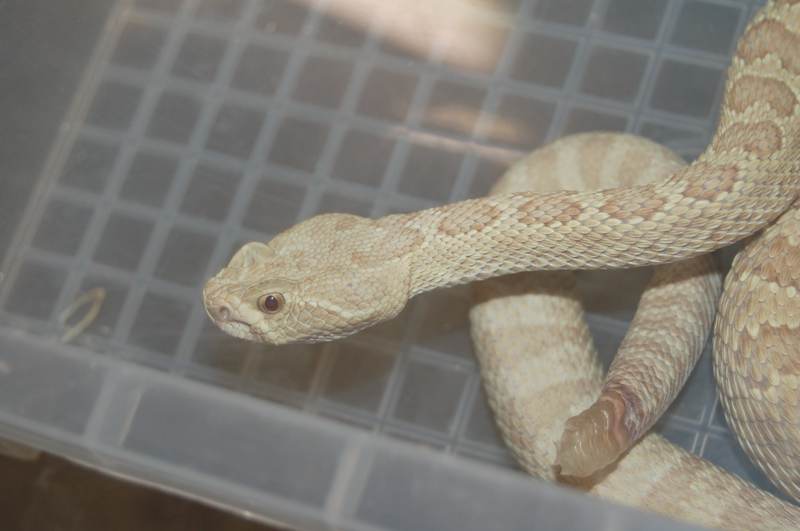
Both these names are over-exaggerations.Īll sea snake species are extremely venomous, possessing a strong neurotoxic venom. Us soldiers also referred to the Banded Krait as the ” cigarette snake” meaning you would die in the time it took to smoke a cigarette. During the Vietnam War US soldiers referred to this snake as ” two step'” meaning if bitten you would walk two steps before dying. This colourful snake from South East Asia has a very potent neurotoxic venom. Although the Spectacled Cobra’s venom is no stronger than a Snouted Cobra the number of deaths place it in this list. Lack of anti venom and poor medical care results in thousands of deaths a year from this snake. The Spectacled Cobra has a potent neurotoxic venom and lives in areas heavily populated by people resulting in thousands of bites a year. This is a common snake in India and is the species snake charmers use in their shows. One bite from a King Cobra contains enough venom to kill an adult Indian Elephant. It is placed in this list due to the huge amount of venom injected in a single bite. The King Cobra is the worlds biggest venomous snake and can grow to 5 meters in length. This snake comes in contact with people but prefers to slither away than bite. An untreated envenomated bite will result in certain death. Black Mambas have a very potent neurotoxic venom and coupled with its large size and large venom yield make this snake extremely dangerous. The Black Mamba is a fast active snake which will not hesitate to defend itself when threatened. This is Africa’s largest venomous snake potentially reaching 4 meters in length.

This snakes lives in the desert in the centre of Australia and very few deaths have been recorded, as there are almost no human settlements in its range. If bitten death could occur within 15 minutes. Its venom is neurotoxic which paralyses the lungs and death occurs from respiratory failure. Drop for drop this snakes venom is the most toxic of any snake on the planet. This Australian snake is a relative of the cobras and mambas. Unfortunately, antivenin is still not widely available in the rural parts of the mamba’s range, and mamba-related deaths remain frequent.Įncroachment on the black mamba's territory is not only putting pressure on the species but contributes to more potentially dangerous human contact with these snakes.Below is a list of the eight most venomous snakes in the world based both on venom strength and number of bites and fatalities recorded.

Venomīefore the advent of black mamba antivenin, a bite from this fearsome serpent was almost always fatal, usually within about 20 minutes. If an attacker persists, the mamba will strike not once, but repeatedly, injecting large amounts of potent neuro- and cardiotoxin with each strike. However, when cornered, these snakes will raise their heads, sometimes with a third of their body off the ground, spread their cobra-like neck-flap, open their black mouths, and hiss. Behaviorīlack mambas are shy and will almost always seek to escape when confronted.
#ALBINO INLAND TAIPAN SKIN#
They get their name not from their skin color, which tends to be olive to gray, but rather from the blue-black color of the inside of their mouth, which they display when threatened. They are also among the fastest snakes in the world, slithering at speeds of up to 12.5 miles per hour. They are Africa’s longest venomous snake, reaching up to 14 feet in length, although 8.2 feet is more the average. Range and characteristicsīlack mambas live in the savannas and rocky hills of southern and eastern Africa. For these reasons, the black mamba is widely considered the world’s deadliest snake. They have been blamed for numerous human deaths, and African myths exaggerate their capabilities to legendary proportions. Current Population Trend: Stable What is the black mamba?īlack mambas are fast, nervous, lethally venomous, and when threatened, highly aggressive.


 0 kommentar(er)
0 kommentar(er)
